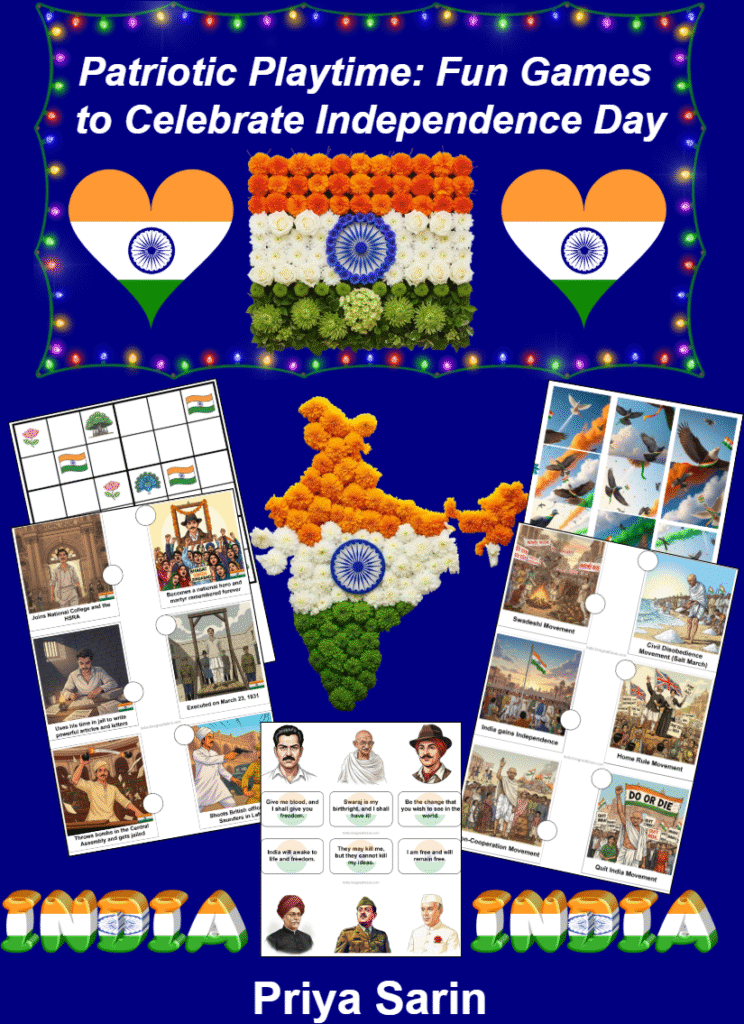The Unfading Legacy of Netaji Subhash Chandra Bose
A fierce leader who built an army to fight for India’s freedom.
From Politics to War
Disillusioned with the slow pace of passive resistance, Subhash Chandra Bose sought a more direct and forceful approach to achieve India’s independence. His radical vision led him to an extraordinary path, including forming the Indian National Army (INA) to fight for freedom from the outside.
1938
Elected President
Indian National Congress
1943
Formed INA
Azad Hind Fauj
The Journey to a Free India: A Timeline
1921: Political Debut
Bose resigned from the prestigious Indian Civil Service and joined the Indian National Congress, dedicating his life to the freedom movement under the guidance of Chittaranjan Das.
1939: Ideological Split
After being re-elected as President of the Indian National Congress, he resigned due to growing ideological differences with Gandhi and the Congress high command.
1941: The Great Escape
Bose escaped house arrest in Kolkata and embarked on a perilous journey across continents, seeking foreign support for his cause, ultimately reaching Germany and then Japan.
1943: The Azad Hind Government
From Singapore, he took command of the Indian National Army (INA) and announced the formation of the Provisional Government of Free India, famously giving the slogan “Give me blood, and I will give you freedom!”

